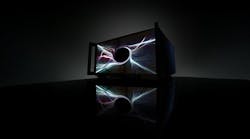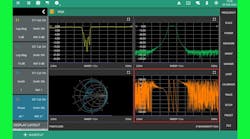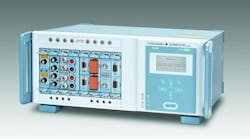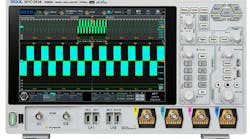BLE Antenna Testing Helps Optimize IoT Device Performance (.PDF Download)
Many new Internet of Things (IoT) devices rely on wireless technology as their primary or only method of communication. Tight constraints on power, size, and cost make it very challenging to design and manufacture devices with good RF (wireless) performance, though. Particularly challenging is antenna performance, because its small size and close proximity to other components create problems in achieving good impedance matching and a good isotropic antenna radiation pattern.
Characterizing this antenna performance requires specialized over-the-air (OTA) measurement techniques that, until recently, have not been available for Bluetooth Low Energy (BLE) technology. To meet that need, ETS-Lindgren and LitePoint partnered up to produce the first BLE OTA antenna measurement system. This article describes how BLE antenna measurement can optimize device performance to boost customer satisfaction.
To validate how well a device’s antenna is expected to perform in a real-world application, engineers typically use total radiated power (TRP), total isotropic sensitivity (TIS), and antenna radiation patterns in vertical and horizontal polarization to characterize and compare device performance. The transmitter measurements indicate how much total RF power the device transmits and how evenly this power is distributed around a far-field sphere. Similarly, the receiver measurements determine the total integrated sensitivity while receiving RF signals from all directions. These measurements, which have been used effectively for many years with cellular and Wi-Fi technologies, recently became available for BLE devices.








